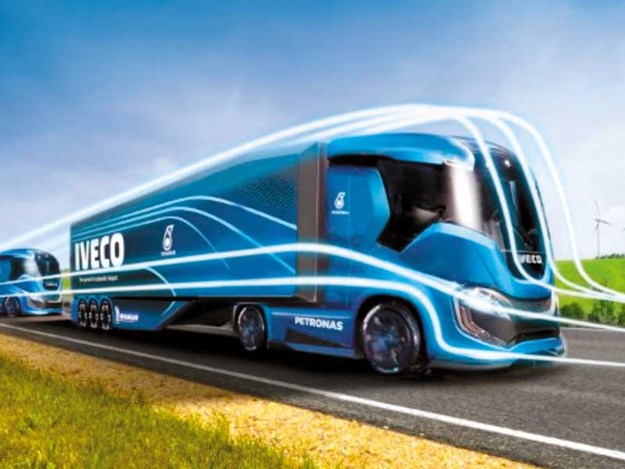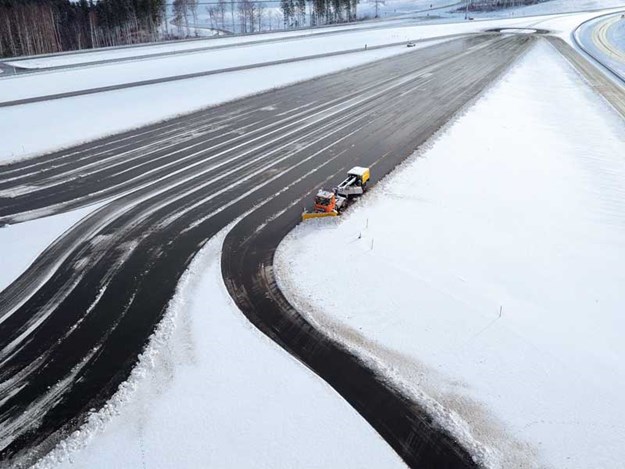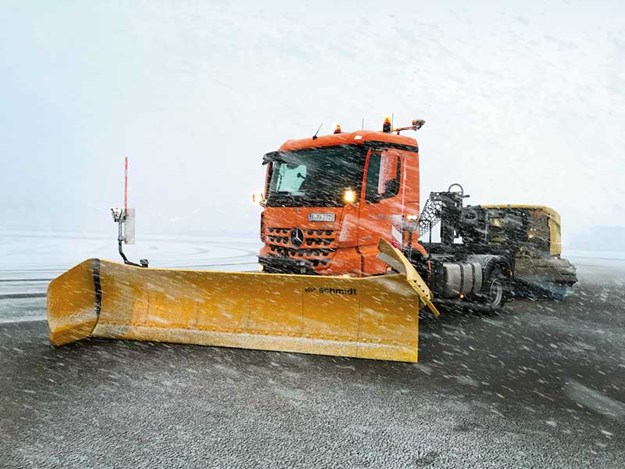Special report: autonomous trucking
The automotive industry must focus on key transformation trends in order to get through to the other side of the COVID-19 crisis and be a viable, profitable sector
.jpg)
According to new research from analyst firm IDTechEx, technology such as autonomy is a key trend the automotive industry needs to consider and not just when it comes to cars.
"The automotive industry is experiencing a difficult time due to the Coronavirus, with severe shocks both to supply and demand," the research firm states.
"Companies are now finally realising that the autonomous mobility world does not begin and end with cars and that there are numerous nearer term and simpler opportunities existing, which often demonstrate a clearer business justification.
"Since the technology development platform can have significant common parts across all the sectors, it makes little sense to pursue siloed developments focusing only on cars."
Structural challenges
.jpg) |
|
Mercedes-Benz Future Truck 2025 – autonomous driving in long-distance truck operations with the Highway Pilot
|
Autonomous trucking is one area the industry could be looking at to improve long-term market viability and costs. Research from IDTechEx explores the benefits of autonomous industrial vehicles, such as forklifts, autonomous trucks and vans, and last-mile delivery pods, robots, and drones.
According to the analyst firm, the global trucking industry is suffering from multiple pain points, one of which is the shortage of long-haul drivers. The American Trucking Association estimates that the US industry alone currently suffers a shortage of 60,000 drivers.
This is forecast to rise to 160,000 drivers by 2028 based on current trends. The average salary for American truck drivers is around USD$41.3k a year. As such, the amount spent on driver wages each year in the US alone is US$78bn.
In time, this sum could be transferred from wages to technology and service costs offered by autonomous truck developers, the research suggests. "Unlike the case in private autonomous cars, there exists a clear commercial incentive.
Drivers represent 30% of the operating cost of a truck. Furthermore, there are early hints that autonomous driving can optimise fuel consumption and also reduce tyre damage," it says.
IDTechEx says the question of safety and asset utilisation must also be considered.
"Currently, driving hours are constrained by regulation in order to boost safety, which is a major challenge.
According to statistics from G7, the largest commercial vehicle management platform in China, there is a major vehicle accident in every 25 logistic vehicles per year. This limits asset uptime. It is hoped that autonomous driving can increase safety and asset uptime," it says.
Autonomy is here
 |
|
The Iveco Z Truck features a new generation LNG engine running on Bio-methane
|
Autonomy in the trucking industry has already begun. Trucks are already equipped with higher levels of Advanced Driver-Assistance Systems (ADAS) function. For example, Daimler is now offering cruise control on 100% of its trucks.
Multiple firms are developing technology to first autonomise highway driving. The argument here is that highways are simpler environments in relative terms compared to chaotic urban driving.
The roads can often be long and straight, especially in large parts of the United States.
However, there’s a challenge of what to do when the truck is about to enter the more chaotic urban environment.
 |
|
Mercedes-Benz test track
|
Various solutions have been proposed, including humans taking over at changeover centres located near the city edges. The accumulated fleet size for autonomous trucking is still small.
Essentially, the suppliers as well as the end users are jointly learning, the research firm says. "There are multiple projects live across the world. Some companies have recently failed, e.g. Starsky as expected, but new ones, especially in Europe where there is a gap, are expected to form," it says.
"Overall, there’s a market pull for autonomous driving. The realisation is in this case largely technology limited. This cannot be said about every sector that autonomous mobility seeks to penetrate. In some cases, it’s a technology looking for a problem."
Outlook
 |
|
Self-driving Mercedes-Benz Arocs are being tested under extreme conditions at the new large-scale test site in Immendingen, Germany
|
IDTechEx predicts that the market will remain in the learning phase until 2024. "Within this time, accumulated fleet sizes will certainly increase, but the character of the market will be one of early deployment and learning. Level 4 autonomy in certain highway conditions and teleoperated or telemonitored driverless low-speed trucks in constrained environments will take off likely beginning from 2024," it says.
"True level 5 will take longer. We currently estimate that this will require longer than a decade to realise. By that time, however, level 4 (or teleoperated driverless trucks) will also have made a significant impact, representing more than 20% of annual truck sales. "In the end, this is a colossal transition that simply cannot be ignored even in the current climate of cash flow challenges in the automotive industry."
Keep up to date in the industry by signing up to Deals on Wheels' free newsletter or liking us on Facebook.









.jpg)

.jpg)




